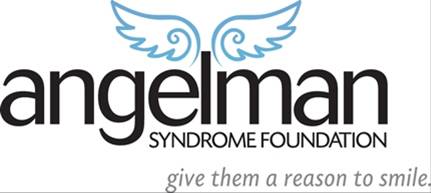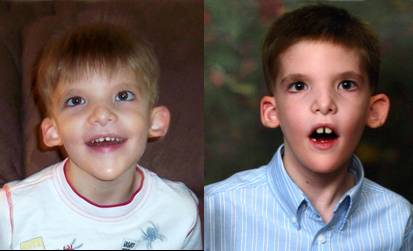Integrating Basic Sciences with Clinical Cases
Medical education has progressively moved towards curricula that feature concept-based courses, decreased lecture time, discipline integration, and increased small-groups with active learning. In response many medical schools have developed integrated courses where medical genetics is integrated with biochemistry, cell biology or both. An additional challenge is to provide clinical relevance to the basic science curriculum. Medical students are also challenged with a transition in learning and problem solving.


